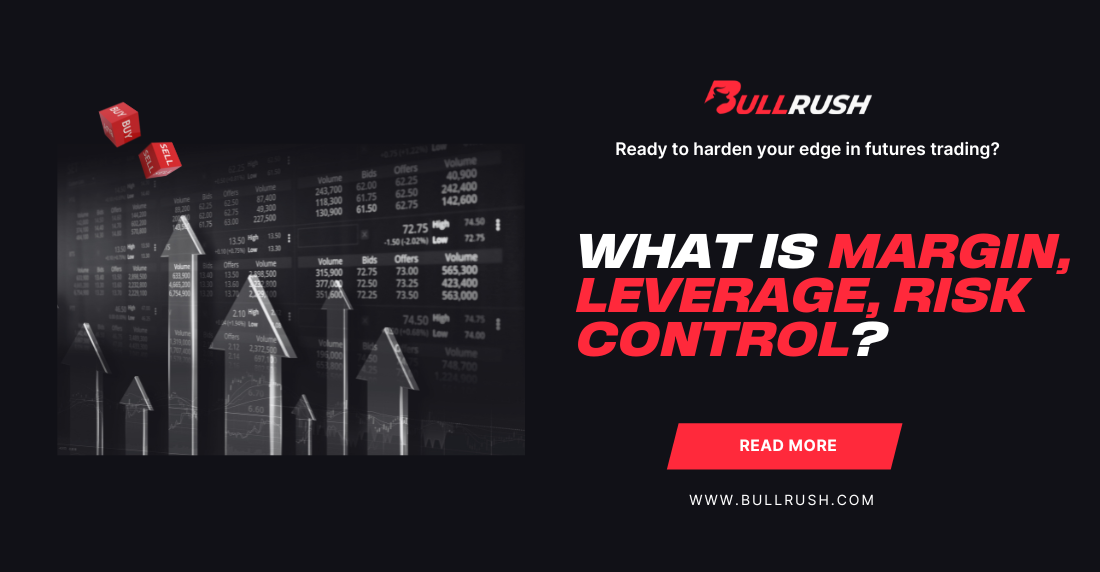
Swing Trading: Strategies, Techniques, Comparisons
The core concept of this type of trading is to capture price movements or “swings” in the market. In that sense, swing trading falls somewhere in between scalping and long-term investing. Scalpers are making hundreds of trades a day, and on the other side, swing traders hold positions for several days or weeks, searching for greater price movements. It is ideal for people who cannot constantly monitor the markets but want to actively trade.
What is Swing Trading?
The goal of swing trading is to capture brief-term opportunities for trading at favorable prices. While day traders close out trades within the same day, the swing trader keeps the position longer and tries to realize the profit with gaining trends and trend reversals. Thus, the main distinction between swing trading and day trading is the time of holding the position: the first expectantly wait, and the latter focus on intraday price movements.
With this approach, traders employ various swing trading strategies that combine technical and fundamental analysis in determining entry and exit points.
Swing Trading Strategies
Swing trading can actually be quite effective once the right strategy is utilized. Here are some common swing trading strategies:
-
- Trend Following: This is the most basic swing trading strategy. Swing traders look to ride the trend. They buy in uptrends and sell or short in downtrends.
-
- Breakout Trading: Traders enter a trade when the price “breaks out” of a predefined range or level of support/resistance. Swing traders enter on this in order to hitch a ride on the momentum after the breakout.
-
- Fibonacci Retracements: The Fibonacci retracement levels help the swing trader project the potential support and resistance areas where the continuation of a price correction may occur before resuming a market trend.
-
- Reversal Trading: In swing trading, traders look for points where the trend of an asset is likely to change. Most of such strategies are based on overbought or oversold indications using indicators like RSI or Moving Averages.
Swing Trading vs Scalping Trading
Whereas in swing trading one holds positions for several days or even weeks, in scalping trading, numerous trades are performed within seconds or minutes. In this type of trading, the trader tries to catch very small movements in the price. Scalpers get frequent trades and quick wins, while swing traders get bigger profits from fewer, more calculated trades.
-
- Timeframe: Scalping is done for very short-term moves, and swing trading is done for short-term trading over days or weeks.
-
- Trade Frequency: Scalping requires dozens or hundreds of trades a day, and for swing trading it requires fewer trades with bigger outcomes.
-
- Stress Levels: Scalping is intense because it requires constant attention. Swing trading, on the other hand, is less stressful because it allows traders more time to decide.
Trading Techniques and Tools
There are some trading techniques and tools that many swing traders use:
-
- Technical Indicators: Indicators used more frequently for swing trading are Moving Averages, MACD- Moving Average Convergence Divergence, Bollinger Bands. These shall assist the swing trader in identifying trends and trend reversals.
-
- Trading Bot: Many swing traders depend on trade bots nowadays to help them partially automate their strategy. Such bots can be set up to do automatic trades when specified technical conditions arise-means one need not always be glued to the screen to catch an opportunity.
-
- Risk Management: Stop-loss and take-profit orders are ways in which swing traders manage the risk. These types of orders help to keep your losses limited and profits locked in once a target is hit.
Swing Trading in the Financial Markets
Swing trading is the way to profit from market price movements. Some traders scalp, others long-term invest, while swing traders find this sweet spot in between. Some stock market strategies regarding swing trading are:
-
- Momentum Trading: This involves buying in uptrending stocks with heavy volume and selling when the stocks have lost their momentum.
-
- Contrarian Trading: These swing traders do just the opposite to what the momentum traders would do. They buy when the market is down and sell when it is up, in anticipation of a reversal.
-
- Day Trading: It differs from the swing traders as the latter take the position for a few minutes or hours. They gain from the price action in a day.
Swing Trading in Various Markets
Swing trading is not just restricted to stocks alone. As an investment strategy, traders use swing trading strategies across various financial markets:
-
- Forex is known for its volatility so it’s a favorite for swing traders. EUR/USD or GBP/USD often see big price swings. Forex swing traders use trend following and Fibonacci retracements to find opportunities. These methods help traders find entry and exit points as currencies react to economic data, geopolitical events and market sentiment.
-
- Commodities: Gold, oil and silver are great swing trading opportunities especially during economic uncertainty. The commodities market is driven by supply and demand, global events and investor sentiment all of which create big price movements. Commodities swing traders aim to capture these movements using both technicals and fundamentals to time their trades.
-
- Cryptocurrency: The volatility of cryptos makes them perfect for swing trading. Cryptos like Bitcoin and Ethereum are very volatile. These digital assets see big price swings in short periods of time giving many opportunities for swing traders. Whether its news, regulatory changes or market sentiment the volatility in crypto markets is ideal for traders who want to profit from price movements.
FAQs
Swing trading is a short-term trading strategy whereby positions are held from a number of days up to several weeks in order to capitalize on market price swings.
What is a swing trade?
A swing trade takes advantage of short-term price movements whereby you enter a position and hold it for a few days or weeks.
A swing trader is a trader who holds positions for short to medium term, reaping profits from the prevailing market trend and reversals.
How is swing trading different from scalping?
Whereas in swing trading, the position is held for a period of days or weeks, in scalping trading, there are actually very little price movements that may have to be traded within minutes or even within seconds.
Can a trade bot be used for swing trading?
Yes, you can use a trading bot to automate parts of your swing trading strategy where price movements are monitored and trades may be executed according to predefined rules




